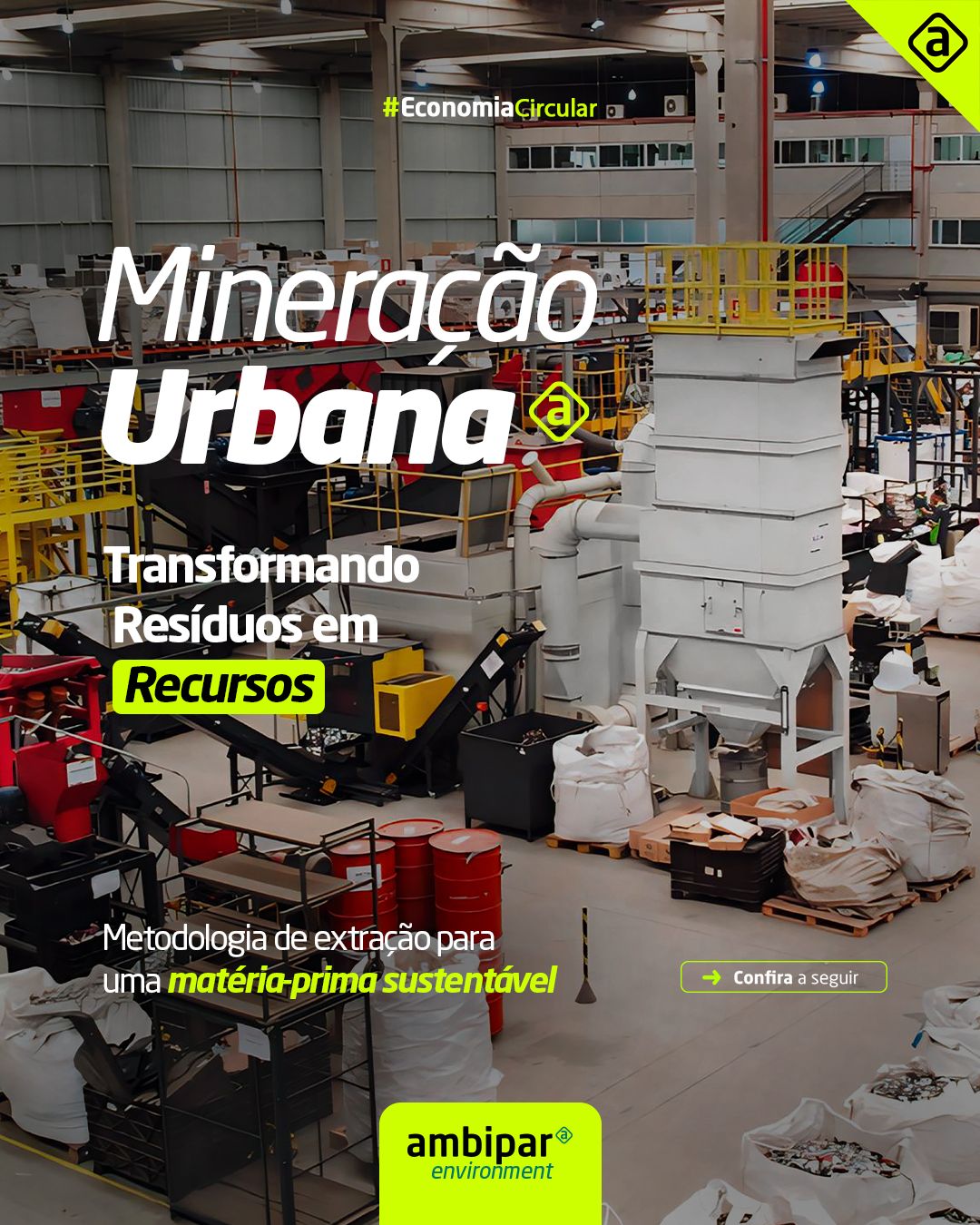Genio Carbon and the decarbonization journey

By Writing Team
Posted in March 21, 2023

When a company starts a decarbonization journey, it means that it will commit to meeting goals, while monitoring the results at each stage of the process. But to understand this route, it is also necessary to understand what polluting gases are, what effects they bring to the environmental balance and what their relationship is with a company’s activities.
First, we have to remember that every day a significant amount of Greenhouse Effect gases (GHG) is released into the atmosphere, mainly carbon dioxide (CO2), or carbon dioxide.
Thus, there are other gaseous elements that, in excess, can be as harmful as CO2, such as methane (CH4), nitrous oxide (N2O) and sulfur hexafluoride (SF6).
Normally, these gases are generated by industrial activities, burning of fossil fuels, use of fertilizers, waste degradation, among other ways. Learn more about the subject below.
What are Greenhouse Gases?

The gases mentioned above are the main gases of the “Greenhouse Effect”. This process resembles the same effect of a glass greenhouse, which allows light to enter, but prevents the passage of these heat waves, a factor that generates heating.
By itself, the Greenhouse Effect is natural and even fundamental for the maintenance of life on planet Earth.
The problem lies in the excessive emission of these gases, resulting from human activities, which causes the temperature on Earth to increase in a worrying way.
In this sense, global warming brings countless consequences, such as, for example, long periods of drought, melting glaciers, floods and an increase in respiratory diseases.
Therefore, concern about the climate crisis has been increasing and investment in decarbonization practices is increasingly evident.
What does “decarbonize” mean?
Decarbonization refers to the adoption of measures that aim to reduce GHG emissions generated by a process or service.
In companies, decarbonization takes place through strategies such as replacing raw materials with a high amount of carbon or, for example, with new products giving way to recycling materials, whenever possible.
A decarbonization measure that has been very popular in recent times is the replacement of fossil fuels with renewable energies, for example, taking into account the growing need for electricity consumption.
At the global level, decarbonization targets are drawn according to the reality of each place, whether economic or social, so that they become, in fact, achievable objectives. This is one of the main steps towards a sustainable world.
For companies, what are the benefits of adopting decarbonization strategies?

- Makes the company more competitive;
- It adds value to the business and improves the company’s image before its stakeholders;
- Opens new business opportunities;
- Allows the adoption of more economical and energy efficient production processes;
- Makes the company assume its environmental commitment;
- Attracts the eyes of new investors;
- Facilitates environmental licensing processes.
- The company collaborates to build a better world, doing its part to improve the climate condition of the planet.
What is a “decarbonisation journey” and how to get started?
As the term itself says, it is the path that a place, person or organization needs to follow to reach the decarbonization goals and, subsequently, monitor the results.
Therefore, when embarking on a decarbonization journey, the company can commit to inventorying its emissions, reducing them or offsetting the emissions of all those involved in its production chain.
In the case of the last alternative, it is necessary to look at all the scopes of emissions (1, 2 and 3), with action plans aimed at reducing and offsetting the gases coming not only from its activities, but from suppliers, distributors of all productive stages.
Now, get to know the Ambipar Group’s decarbonization journey below:
The first step on this journey is the mapping of greenhouse gas emissions, which is only possible by carrying out a GHG emissions inventory. The inventory is the document that will quantify the direct and indirect emissions of greenhouse gases from your company’s production process.
From the inventory, the next steps of the journey consist of establishing goals and strategies for reducing or offsetting these emissions, which are the mitigation plans.
But it is clear that this mapping requires constancy, that is, it must be carried out from time to time. In addition, to carry out this process, it is necessary to have a solution that brings efficiency, with precision in the calculation of emissions.
This solution is Genio Carbon, a platform for inventorying and managing greenhouse gases (GHG), which offers quality and assertiveness in monitoring emissions (scopes 1, 2 and 3).
The software measures the gas emissions of the entire production chain of the companies, allowing the visualization of the emission of all GHGs for each registered report. And best of all: offering practicality and transparency in data collection.
Talk to us and learn about the Genio Carbon platform, which is the first step towards an efficient Decarbonization Journey. Do you have questions? Get in touch to find out how to get started!


